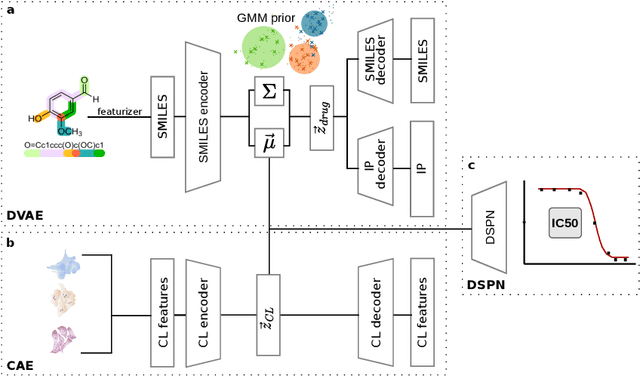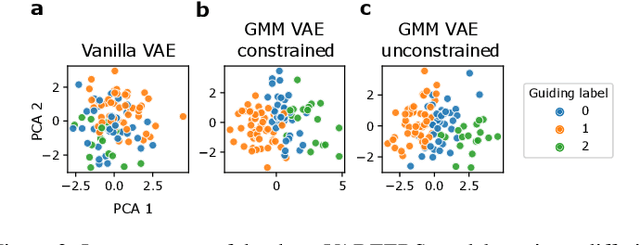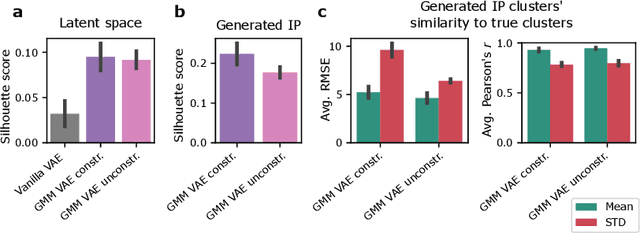Paulina Szymczak
Artificial intelligence-driven antimicrobial peptide discovery
Aug 21, 2023Abstract:Antimicrobial peptides (AMPs) emerge as promising agents against antimicrobial resistance, providing an alternative to conventional antibiotics. Artificial intelligence (AI) revolutionized AMP discovery through both discrimination and generation approaches. The discriminators aid the identification of promising candidates by predicting key peptide properties such as activity and toxicity, while the generators learn the distribution over peptides and enable sampling novel AMP candidates, either de novo, or as analogues of a prototype peptide. Moreover, the controlled generation of AMPs with desired properties is achieved by discriminator-guided filtering, positive-only learning, latent space sampling, as well as conditional and optimized generation. Here we review recent achievements in AI-driven AMP discovery, highlighting the most exciting directions.
A generative recommender system with GMM prior for cancer drug generation and sensitivity prediction
Jun 07, 2022



Abstract:Recent emergence of high-throughput drug screening assays sparkled an intensive development of machine learning methods, including models for prediction of sensitivity of cancer cell lines to anti-cancer drugs, as well as methods for generation of potential drug candidates. However, a concept of generation of compounds with specific properties and simultaneous modeling of their efficacy against cancer cell lines has not been comprehensively explored. To address this need, we present VADEERS, a Variational Autoencoder-based Drug Efficacy Estimation Recommender System. The generation of compounds is performed by a novel variational autoencoder with a semi-supervised Gaussian Mixture Model (GMM) prior. The prior defines a clustering in the latent space, where the clusters are associated with specific drug properties. In addition, VADEERS is equipped with a cell line autoencoder and a sensitivity prediction network. The model combines data for SMILES string representations of anti-cancer drugs, their inhibition profiles against a panel of protein kinases, cell lines biological features and measurements of the sensitivity of the cell lines to the drugs. The evaluated variants of VADEERS achieve a high r=0.87 Pearson correlation between true and predicted drug sensitivity estimates. We train the GMM prior in such a way that the clusters in the latent space correspond to a pre-computed clustering of the drugs by their inhibitory profiles. We show that the learned latent representations and new generated data points accurately reflect the given clustering. In summary, VADEERS offers a comprehensive model of drugs and cell lines properties and relationships between them, as well as a guided generation of novel compounds.
 Add to Chrome
Add to Chrome Add to Firefox
Add to Firefox Add to Edge
Add to Edge